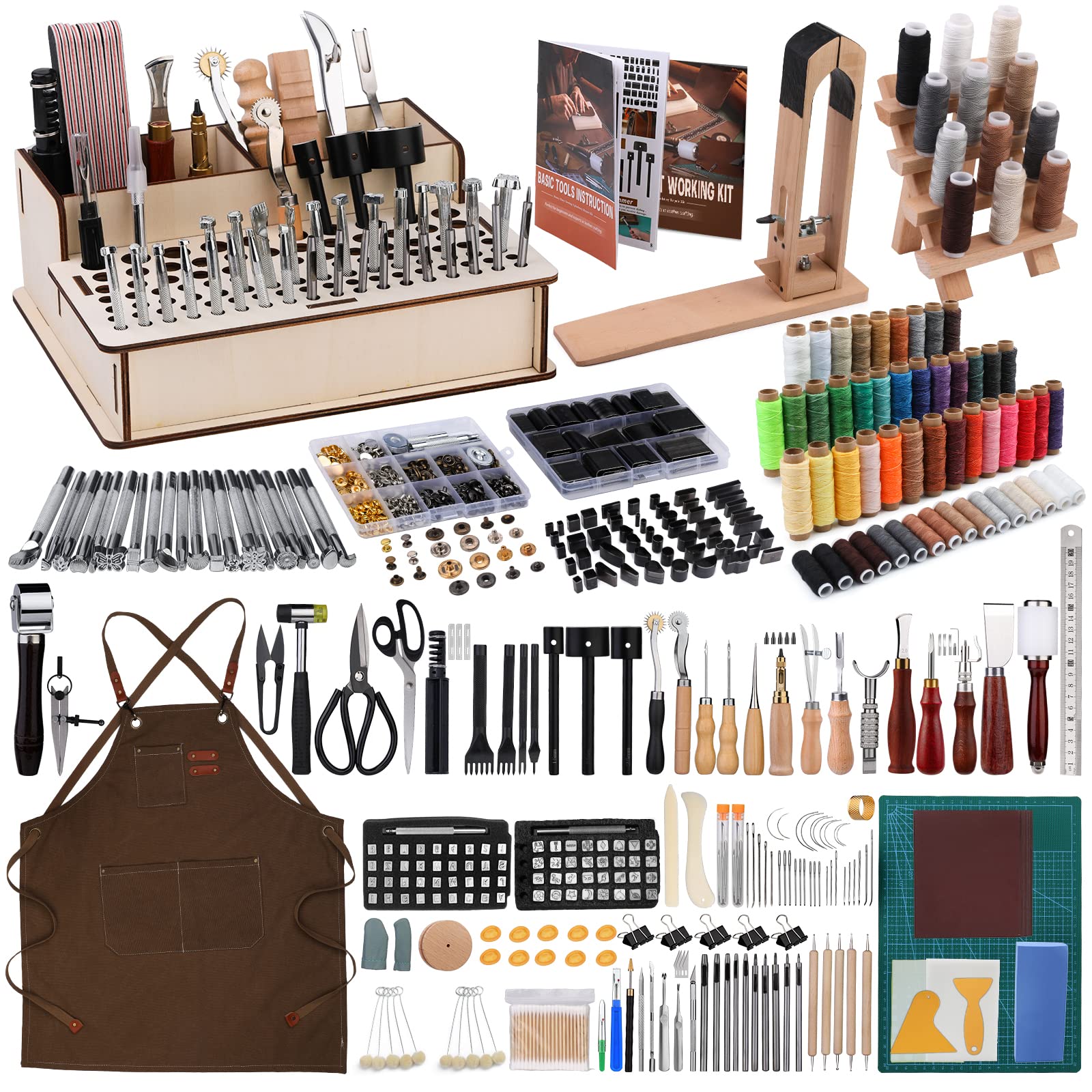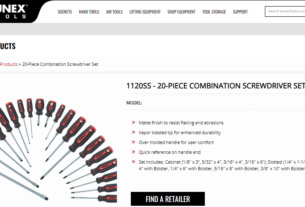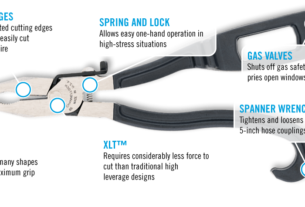Are you tired of struggling to punch holes in your leather projects? Do you want to make your leather crafting experience more efficient and enjoyable? Look no further than the leatherworker hole punching tool!
This versatile tool comes in a variety of styles and sizes, making it easy to find the perfect fit for your specific needs. From handheld punch pliers to rotary hole punches, there’s a tool out there that can help take your leatherworking skills to the next level.
In this article, we’ll explore the benefits of using a leatherworker hole punching tool, the different types available, how to choose the right one for you, and some tips and tricks for getting the most out of your new tool.
So buckle up and get ready to learn all about the amazing world of leatherworking with a hole punching tool by your side!
Why Use a Leatherworker Hole Punching Tool?
If you’re serious about leatherworking, then you know how important it is to have clean, precise holes in your projects. Whether you’re making belts, wallets, or even an intricate leather jacket, having evenly spaced holes is essential for both aesthetics and functionality.
But trying to punch these holes by hand can be frustrating and time-consuming. Not only do you run the risk of creating uneven spacing or jagged edges, but you also risk injuring yourself with a poorly placed punch.
That’s where a leatherworker hole punching tool comes in. These tools are designed specifically for creating clean, precise holes in all kinds of leather materials. They’re easy to use, require minimal effort, and can save you a ton of time and frustration in the long run.
Types of Leatherworker Hole Punching Tools
As mentioned earlier, there are several different types of leatherworker hole punching tools on the market today. Here’s a breakdown of some of the most popular options:
Handheld Punch Pliers – These are perhaps the most common type of leatherworker hole punching tool. They’re designed to be held in one hand and used like a pair of pliers. When you squeeze the handles together, a small punch at the end of the pliers creates a hole in the leather.
Rotary Hole Punches – These tools are similar to handheld punch pliers, but they feature a rotating head that allows you to easily switch between different sizes of punches without changing tools.
Arch Punches – Arch punches are larger, more heavy-duty tools that are designed for punching larger holes in thicker materials. They typically require a bit more force to use than handheld punch pliers or rotary hole punches.
Choosing the Right Leatherworker Hole Punching Tool
When it comes to choosing the right leatherworker hole punching tool, there are several factors to consider. Here are some things to keep in mind:
Material Thickness – The thickness of the leather you’re working with will determine what type of hole punching tool you need. For thinner materials, such as garment leather or suede, a handheld punch plier or rotary hole punch should suffice. For thicker materials, such as saddle leather or harness leather, an arch punch may be necessary.
Hole Size – Think about what size holes you’ll need for your project. Handheld punch pliers and rotary hole punches typically come with interchangeable heads that allow you to create holes in various sizes. Arch punches come in specific sizes, so make sure you choose one that’s appropriate for your needs.
Ease of Use – Consider how easy each type of hole punching tool is to use. Handheld punch pliers and rotary hole punches are generally very user-friendly and require minimal effort. Arch punches can be more difficult to use, especially if you’re working with thick or tough materials.
Tips and Tricks for Using Your Leatherworker Hole Punching Tool
Once you’ve chosen your leatherworker hole punching tool, it’s time to start using it! Here are some tips and tricks to help you get the most out of your new tool:
Practice on scrap leather first – Before you start punching holes in your actual project, practice on a piece of scrap leather first. This will give you a chance to get familiar with the tool and make any necessary adjustments before working on your final piece.
Keep the tool clean and oiled – Regularly clean and oil your hole punching tool to keep it in good working condition. This will help prevent rusting and ensure that the punches stay sharp.
Use a cutting mat or board – When punching holes in your leather, use a cutting mat or board underneath to protect your work surface and prolong the life of the punch.
Apply even pressure – To create clean, precise holes, apply even pressure when using your hole punching tool. Don’t try to rush the process or force the punch through the leather too quickly.
In conclusion, a leatherworker hole punching tool can be an invaluable addition to your leatherworking toolkit. With its ability to create clean, precise holes in all kinds of materials, this versatile tool can save you time and frustration while helping you take your projects to the next level.
So whether you’re a seasoned leatherworker or just starting out, consider investing in a quality hole punching tool today. Your future self (and projects) will thank you!
References:
1. “Leathercraft Tools: A Beginner’s Guide.” Artisan Leather UK.
2. “Leather Hole Punch: How To Choose The Right One For You.” Leathercraft Tools.
3. “How To Use A Leather Hole Punch.” Tandy Leather.
4. “Arch Punches vs Handheld Punch Pliers for Leatherwork.” Leather Machine Co.
5. “Rotary Hole Punch vs Handheld Punch Pliers.” BestLeather.org.




